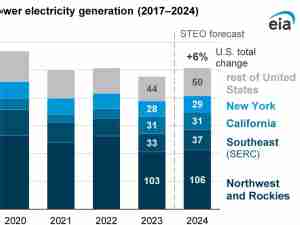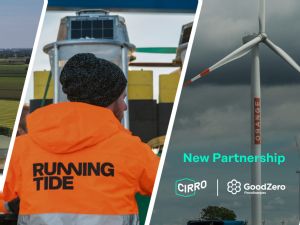The Biden administration’s decision to approve the controversial Willow project on Alaska’s North Slope is a sign of the times – governments struggling to balance the dueling priorities of energy security and the journey to a cleaner future.
A seamless transition requires policies that utilize a mix of all energy sources with ongoing efforts to decarbonize existing operations while accelerating investments for a cleaner and greener future.
The approval of the three-pad development by ConocoPhillips’ is viewed by some as a prudent balancing act at a time when energy security during the bridge years of the transition becomes paramount.
ConocoPhillips has had leasing rights in the region since the 1990s, which are extremely difficult to be overturned in a court of law, and the administration may use this as justification for approving the project.
Considering the big picture, the US withdrew 180 million barrels of oil from its Strategic Petroleum Reserve last year in an attempt to lower soaring gasoline prices, and additional volumes will be released in June this year. The Willow project’s estimated 600 million barrels of crude will help refill storage and meet domestic demand, but the asset is not going to start producing before 2028. Willow is expected to get final approval in the first half of 2023, with full construction completed in 8-10 years.
The approval of the project also ensures the continued operation of the Trans-Alaska Pipeline System (TAPS), which requires a regular supply of oil to run smoothly and efficiently. Alaskan oil production has been declining since the 1980s after it peaked at more than 2 million barrels per day (bpd). By 2010, it was barely 600,000 bpd, and our estimates show 2022 output fell to 430,000 bpd.
ConocoPhillips hit its first oil in 2018 on its Greater Mooses Tooth field, the first drilling project on public land within the National Petroleum Reserve, and Phase 2 started producing recently. This project will help stabilize Alaska’s falling oil production in the next couple of years, although it is significantly smaller than Willow in terms of capital expenditure and well count. A reversal in the state’s declining production trajectory is only possible, however, with larger projects on the North Slope like Willow replacing the natural decline of existing fields.
Rystad Energy estimates the project will have a competitive breakeven oil price of less than $30 per barrel of Brent, offering a solid cushion against any potential future oil price drop The project is expected to attract investments of $7.4 billion and has a net present value of almost $3 billion. The revenue generated from Willow will boost ConocoPhillips’ bottom line, but it will also benefit the state of Alaska by generating jobs and federal revenue. At full production capacity, the asset will constitute 10% of ConocoPhillips’ net crude oil production globally in 2030. Considering every ConocoPhillips project expected to start up between this year and the end of the decade, Willow is set to contribute a 55% share of cumulative volumes in 2030.
The administration tried to appease environmentalists and critics by negotiating with ConocoPhillips to relinquish oil rights to 68,000 acres of its existing leases in the National Petroleum Reserve, including about 60,000 acres in the Teshekpuk Lake Special Area. They also announced the protection of almost 16 million acres of Alaskan land and water from any future oil and gas leasing. Even so, continued controversy and pushback is expected. Legal challenges are forthcoming, which could delay or jeopardize the project’s future. Still, if the Biden administration remains fully committed to the project, crude production from Willow could be a major boost for US supply, helping alleviate some of the strain on global markets as Western nations away from Russian energy volumes.








